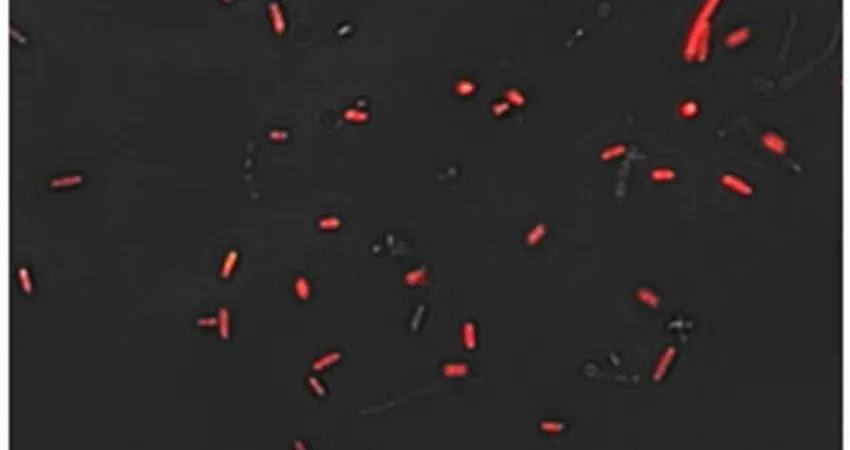12 Jun 2020
Reprogrammable cells may be the future of cancer treatment
Researchers have created ‘SimCells’, a new synthetic cell which can be reprogrammed for a range of applications.

In a new study, scientists at the Department of Engineering Science have developed cells which can be reprogrammed to perform new tasks. Simple Cells or ‘SimCells’ are an entirely new platform for synthetic biology with exciting prospects.
SimCells act as artificial cellular machines which are easily modified and engineered to be able to perform a variety of functions. Their variety of applications and re-programmability stems from them being able to host synthetic genomes or gene-circuits, whilst maintaining their original biomolecular machinery.
Assigning new tasks to cells is a complicated process, as the project PI Professor Wei Huang explains, “Think of the cell as a computer in the sense that a cell is comprised of hardware (biomass such as the membrane and biomolecules) and software (genomic DNA). The ‘software’ has been evolving for billions of years and so when researchers try to engineer the cell the genetic pathways designed for survival inevitably interfere.”
An endeavour of synthetic biology is to install a new genetic operating system; one in which every gene, protein, and molecule is accounted for and understood. However, to do this, cells must be genetically modified. The major challenges are the potential negative consequences of genetically modified organisms (GMOs) and the conflict between the life and synthetic life. Lead author Dr. Catherine Fan explains, “Synthetic biologists assign novel tasks to cells, and these tasks usually incur metabolic burdens which do not contribute to cell survival and reproduction. This inherent conflict within engineered organisms can cause unpredictable performance and the crash of synthetic gene-circuit designs.”
SimCells are novel biological chassis that can address these challenges. The native gene networks, which normally interfere, are replaced with an artificial or minimal genome, thus allowing the intact cellular machinery to implement the synthetic designs freely.
Fan adds, “We developed a methodology to remove the native chromosome. The enzyme ‘I-CeuI endonuclease’ are molecular scissors which we used to make targeted cuts in the chromosome of all bacterial species. The majority of cells are unable to repair these breaks in their DNA and thus the chromosome is degraded in a matter of hours.” The researchers have shown this to work in several bacterial species commonly used in synthetic biology: Escherichia coli, Ralstonia eutropha, and Pseudomonas putida.


An illustration of the process of preparing SimCells to synthesize anti-cancer drugs.
SimCells are also engineered such that they cannot replicate. This means they provide a safer mechanism of applying biological solutions to sensitive environments where it is important to avoid uncontrollable proliferation of bacteria.
While some aspects of SimCells have been replaced, they still possess the machinery needed to synthesize proteins. The researchers demonstrated this by showing that SimCells could express a fluorescent gene for as long as 10 days when it was provided with a pathway (a series of actions among cell molecules) that induced energy regeneration. Future work would involve improving this performance by exploring other metabolic pathways that can provide energy and other important biomolecules to SimCells.
The researchers also had SimCells synthesize catechol, a potential anti-cancer drug. The catechol made by SimCells was successfully able to significantly decrease the viability of several cancer cell lines (lung, brain, skin). With the ability to synthesise proteins and inability to replicate, SimCells therefore have the potential to act as agents for drug delivery, biomanufacturing, and biosensors.
As well as the potential impact for industry, Fan adds, “The methodology of SimCell generation and utilization established in this work contributes to the international effort of building a cell from non-living components. This ambitious endeavour would help us understand the complexities of biology and investigate the origins of life and the last universal common ancestor.”
The paper is titled “Chromosome-free bacterial cells are safe and programmable platforms for synthetic biology”.




